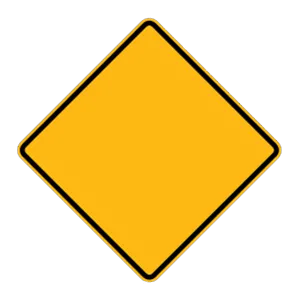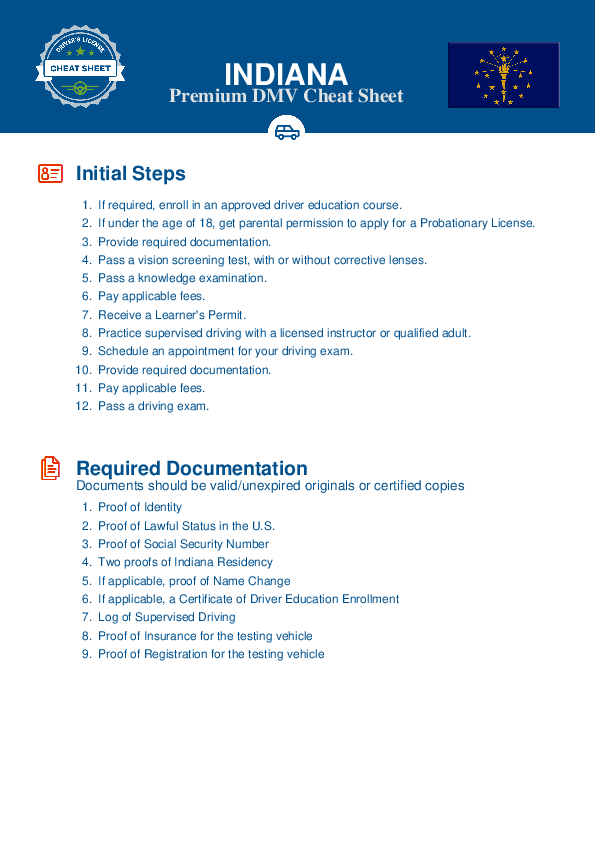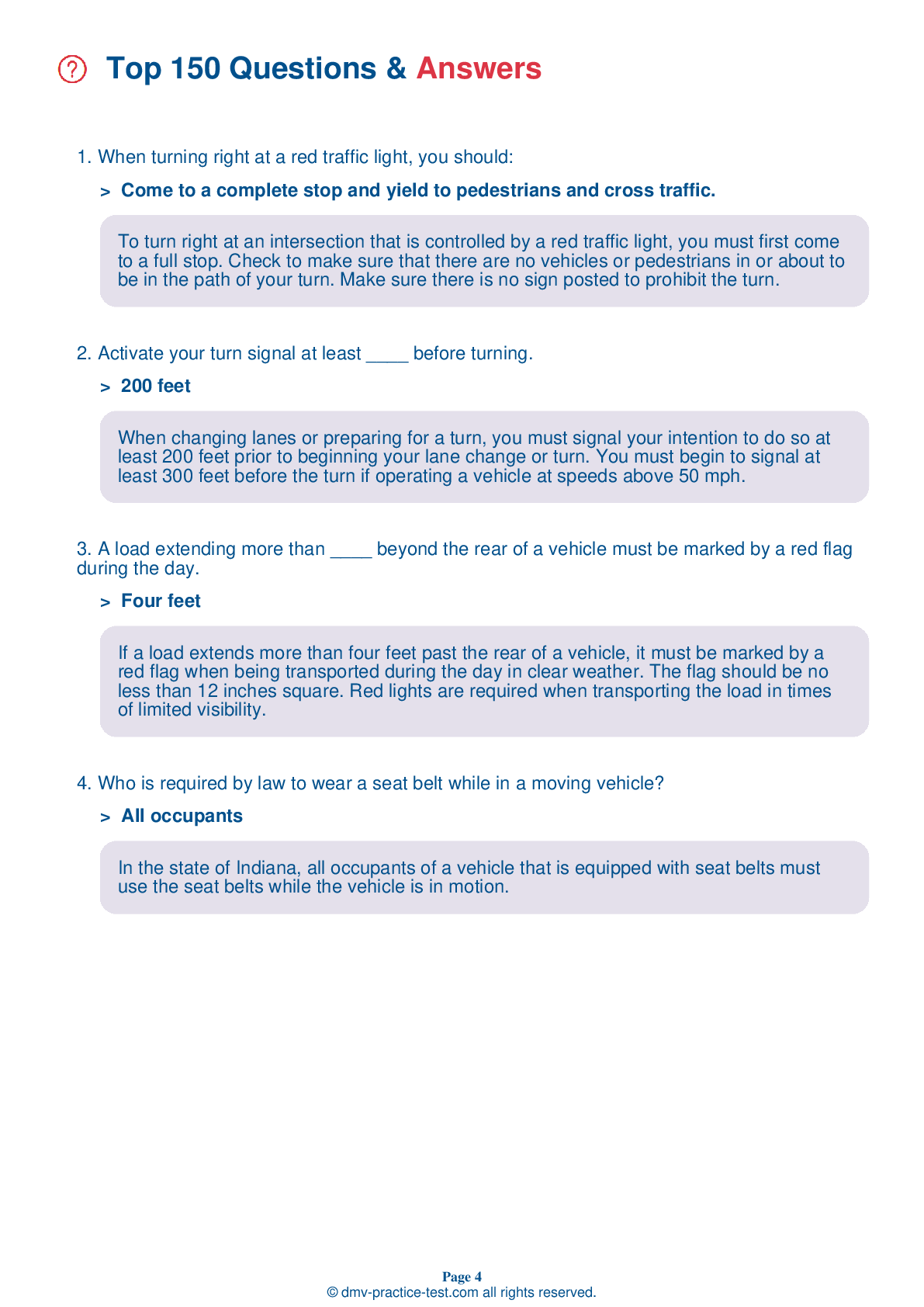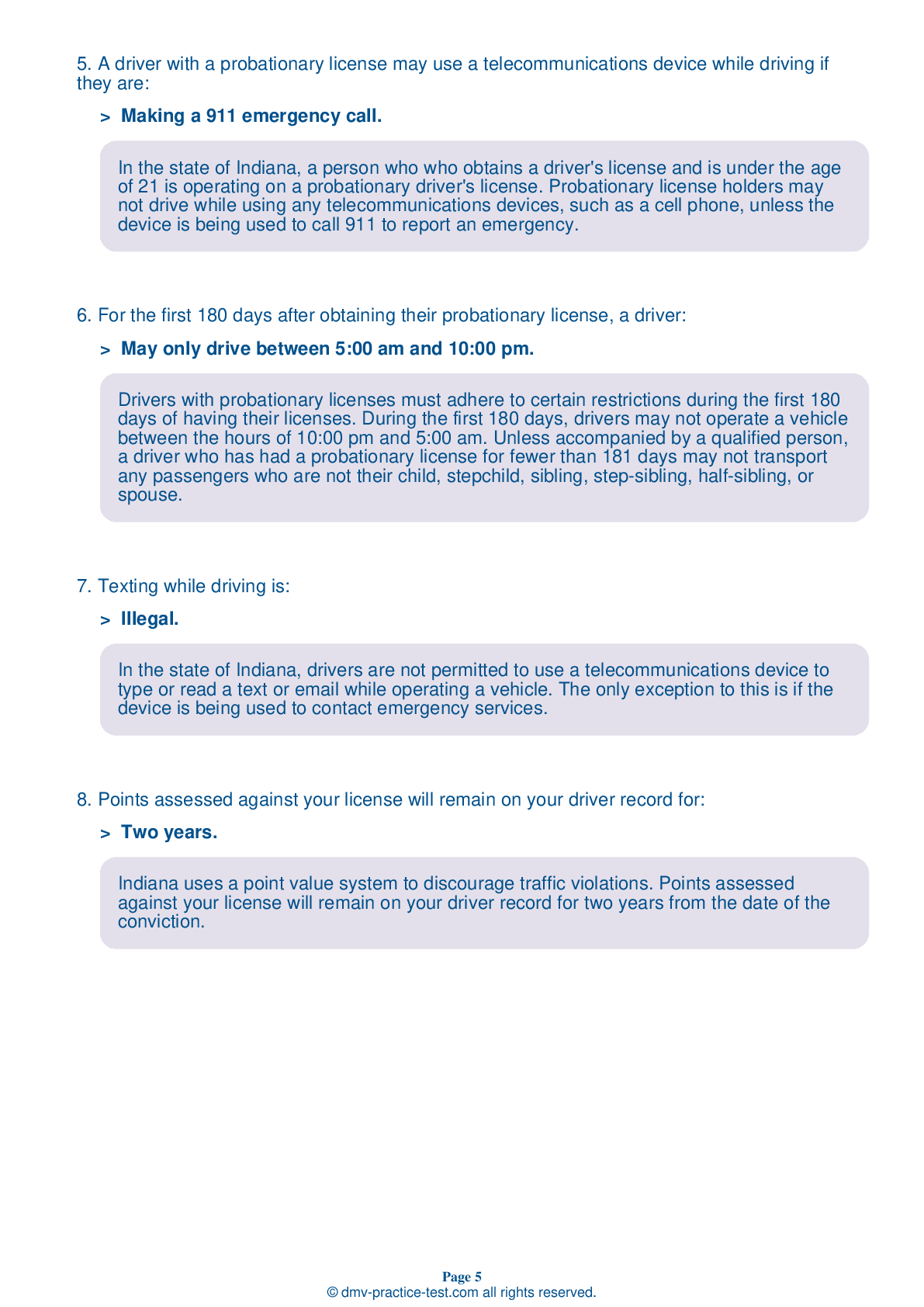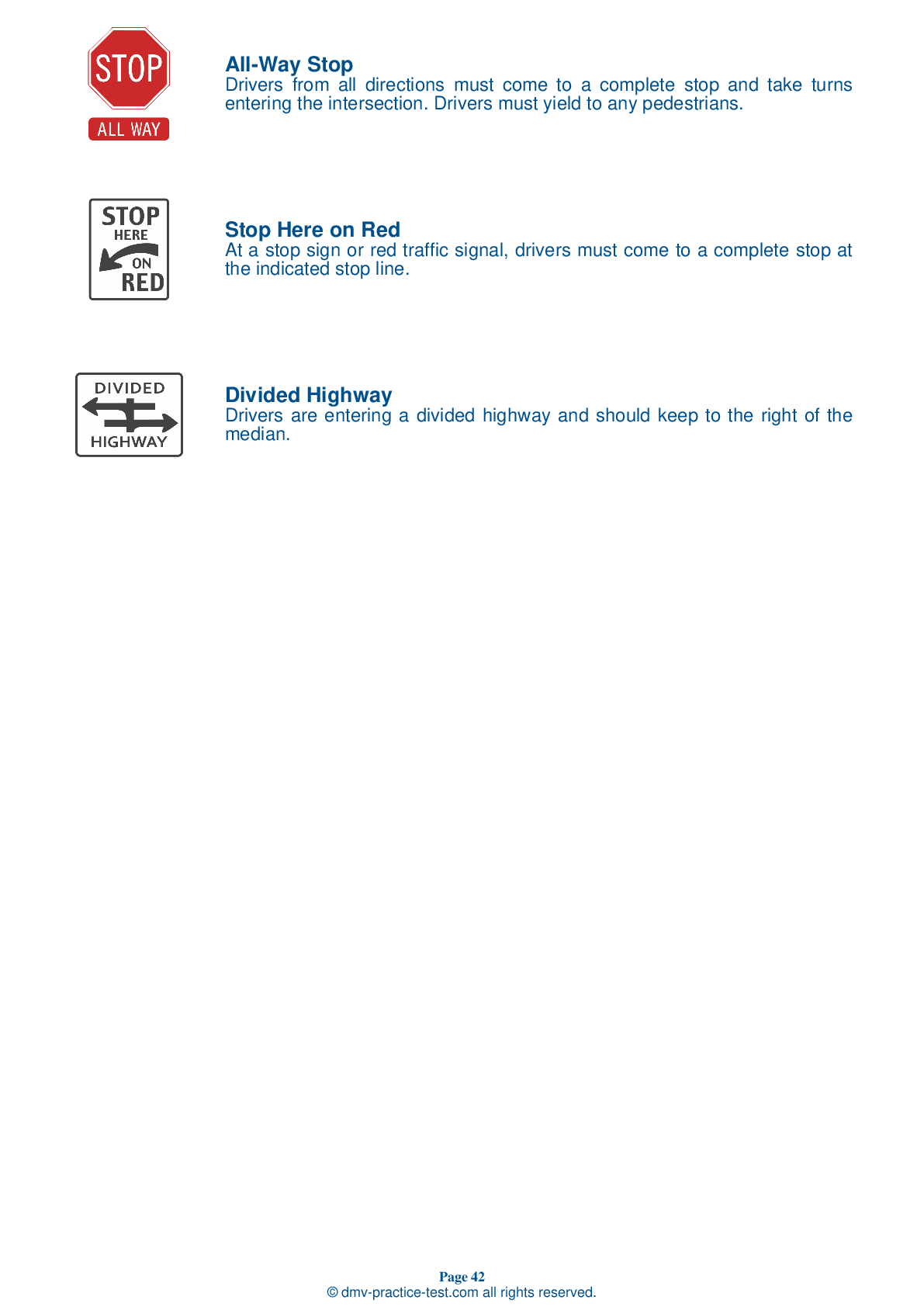FREE Indiana DMV Practice Test #17 Page 3 of 5
This set of Indiana DMV practise tests has been updated for January 2025. It includes questions based on the Indiana Driver Handbook's most significant traffic signals and laws for 2025. Use actual questions that are very similar (often identical!) to the DMV driving permit test and driver's licence exam to study for the DMV driving permit test and driver's licence exam.
On the practise exam, each question gets a tip and explanation to help you remember the concepts. The written component of the official Indiana DMV test will include questions about traffic rules, traffic signs, and driving statutes, as well as information from the Driver Handbook.
To obtain a passing grade, you must correctly answer 44 of the 50 questions. Take our DMV practise exam to help you prepare for your Indiana instruction permit or driver's licence.
The DMV exam is available in several languages.
Using any kind of testing assistance will result in an automatic fail, and the DMV may take additional action against your driver's licence, so stay away from it.
17 . Distracted driving may be caused by:
It is estimated that drivers make 200 decisions for every mile traveled, making it vital that drivers focus their full attention on the task of driving. Performing any additional task can create a dangerous distraction.
18 . Signs indicating areas of public recreation are:
Signs that are brown indicate areas of cultural and historical significance or of public recreation. They can be a helpful resource when traveling in unfamiliar locations.
19 . Your vehicle strikes an unattended parked vehicle and you cannot locate the vehicle’s owner. You:
Upon striking an unattended vehicle, stop and try to locate the owner. If you cannot find the owner, leave a written notice containing your name, your address, and the circumstances of the accident.
20 . What can you do to avoid the need to make emergency stops while driving in traffic?
Keeping a safe following distance will enable you to react to an upcoming problem without the need for a emergency stop, which could cause a driver behind you to crash into the back of your vehicle.
21 . You are driving in the right lane of a multilane highway and want to move into the left lane. You should:
Before changing lanes, you should always verify that there are no other vehicles in the lane you want to enter by checking your mirrors and looking over your shoulder in the direction you plan to move. You should signal every time you change lanes.
22 . At night, it is hardest to see:
Compared to signs and other roadside objects, pedestrians are hardest to see at night.
23 . If two vehicles arrive to a four-way stop at the same time:
In general, vehicles at a four-way stop should proceed in the order that they arrive. However, if two vehicles arrive to the intersection at the same time, the vehicle on the left must yield the right-of-way to the vehicle on the right.
24 . This sign means:
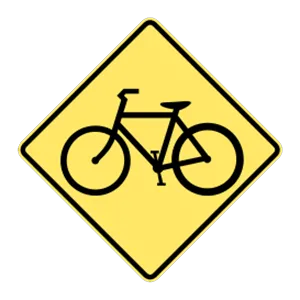
This sign provides advance warning that bicycles may be present.
25 . A leaky exhaust system in your vehicle is dangerous because it can cause:
The exhaust system carries exhaust gas out of the vehicle and prevents fumes from entering into the passenger compartment. To prevent carbon monoxide poisoning, keep your exhaust system free of leaks. Replace all defective parts immediately.
26 . An intersection has no traffic signs or signals. You arrive at the same time as a vehicle to your right. You should:
When two vehicles arrive to an uncontrolled intersection at the same time, the vehicle on the right has the right-of-way. Once the vehicle on the right has safely passed through the intersection, the other driver may proceed.
27 . A yellow and black diamond-shaped sign:
